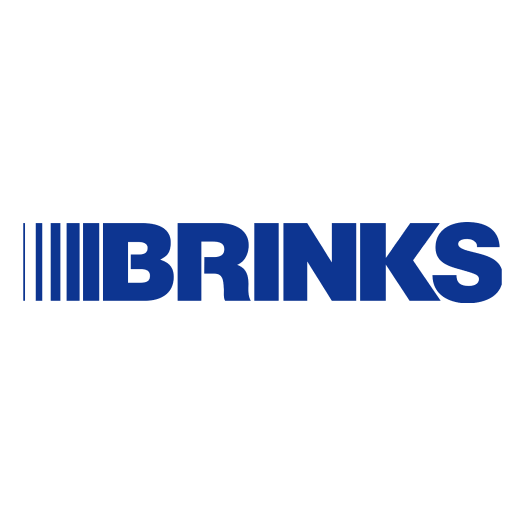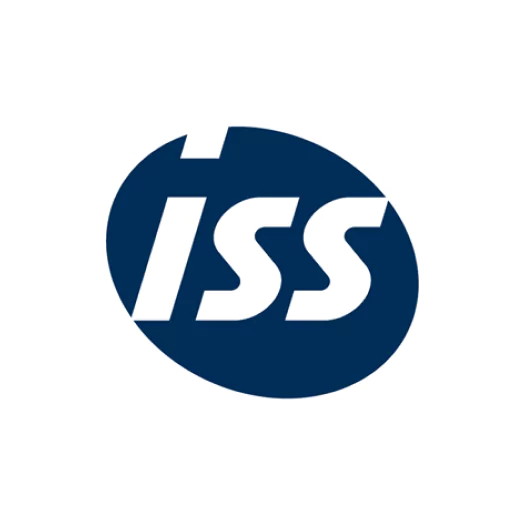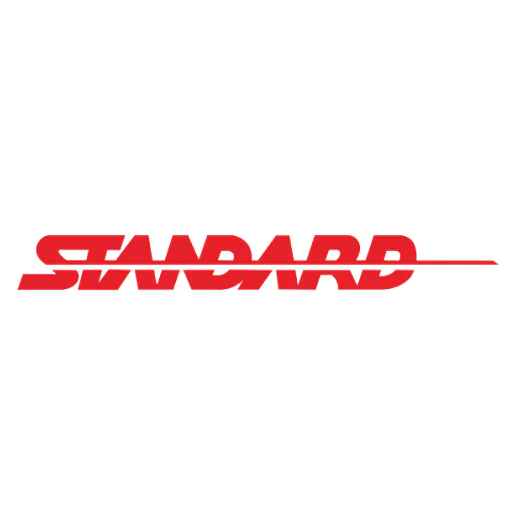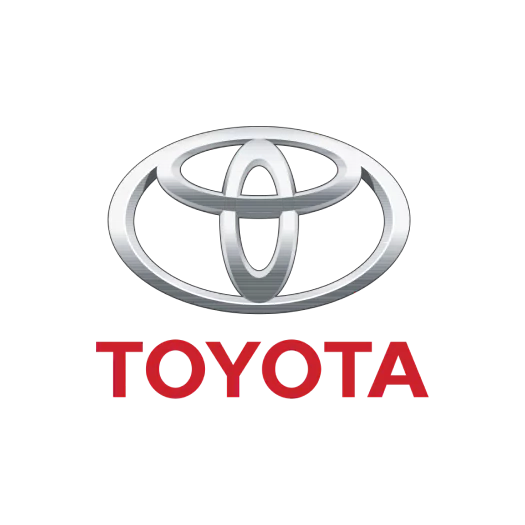Are hidden expenses quietly eating into your business profits? Overhead cost, like admin fees, employee perks, and even corporate car costs, can pile up fast if left unchecked.
Understanding these costs isn’t just about spotting expenses; it’s about knowing where your money goes and how to manage it efficiently. Learning how to calculate overhead costs can help you budget smarter and improve profitability.
So, what exactly are overhead costs, and how do they impact your bottom line? Let’s break it down and explore how managing them effectively can lead to a healthier, more profitable business.
Key Takeaways
|
Table of Content
Content Lists
What is Overhead Cost?
Overhead costs refer to the ongoing expenses a business incurs that are not directly tied to producing goods or services. It is essential for budgeting and setting prices to ensure profitability, and these expenses must be covered continuously regardless of the company’s sales volume.
Overhead expenses appear on the income statement and impact a company’s profitability. To determine net income, a business deducts both production and overhead costs from its total revenue.
Also, this expense is generally a broad expense that applies to the entire company. It is usually recorded as a total amount and later distributed to specific projects or departments using cost drivers.
For instance, with activity-based costing, a service business might assign overhead costs based on departmental activities, such as printing or office supplies.
Types of Overhead Cost
Overhead expenses can be fixed, variable, or semi-variable, depending on how they change with business activity.
- Fixed Overhead: These expenses remain the same each month, regardless of business activity. Examples include rent, salaries, property taxes, asset depreciation, and government licenses.
- Variable Overhead: These costs fluctuate with business activity. They rise during busy periods and decrease when activity slows. Examples include shipping, office supplies, marketing, legal fees, and equipment maintenance.
- Semi-Variable Overhead: These costs combine fixed and variable elements. A base amount is always incurred, but the total cost varies with usage. Examples include sales commissions, vehicle expenses, and utilities with fixed charges plus usage-based costs.
- Other Overhead Types: Businesses may categorize overhead differently. General and administrative overhead includes expenses for management, accounting, HR, and reception.
Which Costs Should be Included in Calculating Overhead Costs?

Direct costs, such as inventory purchases and direct labor, should not be included in overhead calculations since they are directly tied to revenue generation.
To accurately measure overhead, only indirect costs should be considered, excluding any expenses directly linked to production. Common indirect costs include rent, insurance, utilities, administrative expenses, office supplies, marketing, telephone bills, accounting fees, and property taxes.
However, overhead definitions can vary by industry, so it’s essential to consider the specific context when categorizing expenses.
Examples of Overhead Cost
Overhead costs play a crucial role in setting prices for products or services to ensure profitability. The most common overhead expenses businesses incur include:
1. Rent
This is the cost of using business premises. If the property is owned, depreciation is recorded instead. Rent payments can be monthly, quarterly, or annually, depending on the lease agreement.
During slow sales periods, businesses can lower this expense by renegotiating rent or relocating to a more affordable space.
2. Administrative Costs
These expenses cover business operations but are not directly tied to profit generation. They include salaries for receptionists, accountants, and cleaners, as well as audit and legal fees.
Businesses can reduce these costs by restructuring employee contracts, hiring part-time or contract workers, or cutting non-essential expenses like entertainment and office supplies.
3. Utilities
These essential services support business operations and include water, electricity, gas, internet, sewer, and phone services. Companies may lower these costs by negotiating better rates with providers.
4. Insurance
Businesses incur insurance costs to protect against financial losses. Coverage varies based on potential risks, such as property insurance for damage, theft, or floods.
Other types include professional liability insurance for businesses like law and accounting firms, as well as health, home, renter’s, flood, life, and disability insurance.
5. Sales and Marketing
These expenses cover efforts to promote a company’s products or services. They include advertising, trade shows, promotional materials, salesperson wages, and commissions. These activities help attract customers and stay competitive in the market.
6. Vehicle and Equipment Maintenance
Businesses relying on vehicles or machinery, such as delivery services and transport companies, incur maintenance and repair costs. Regular servicing is required to keep equipment functional, and repairs are necessary when breakdowns occur. Manufacturers typically use manufacturing software to keep track of the costs.
Why is Overhead Cost Important?
Overhead costs are essential to a business’s operations. Effectively understanding and managing these expenses in relation to your business output is crucial for maintaining profitability and achieving optimal sales margins.
A study on Malaysia’s automobile manufacturing industry found that how businesses allocate overhead costs plays a crucial role in pricing decisions. Properly distributing these costs allows companies to determine the true cost per unit, leading to more accurate and competitive pricing strategies.
Additionally, a survey by JETRO (Japan External Trade Organization) reported that 63% of companies in Malaysia anticipated operating profits in FY2022, up from 59.7% in FY 2021.This uptick highlights the significance of efficient overhead management in driving business profitability.
The Impact of Overhead Costs on Business
Overhead costs like operating expenses don’t care whether your business is booming or slow. You still have to pay them every month. That’s why managing these expenses properly is super important if you want to keep your business profitable.
If your overhead is too high, good sales won’t even save you. A service-based business, for example, has direct costs like salaries and materials, but overhead costs (like office rent and internet bills) quietly eat into profits.
And if you’re not tracking them well? That’s how businesses end up wondering where all their money went, when in fact the budget could have been controlled better.
Now, here’s the good news. Keeping overhead under control isn’t as hard as it sounds. With the right system, you can track, allocate, and optimize these expenses easily.
That’s where HashMicro’s Accounting Software comes in. It helps businesses stay on top of costs, boost margins, and make smarter financial decisions. Try the free demo by clicking the banner below!

How to Calculate Overhead Cost
Let’s say a Malaysian retail company, Batik Haven, wants to calculate its total overhead for the past month.
For this scenario, we’ll assume Batik Haven operates multiple store locations and generates RM100,000 in monthly sales.
Month 1 Sales = RM100,000
In Month 1, the company identified the following overhead costs:
- Store Rental Costs = RM8,000
- Salaries for Indirect Employees = RM6,000
- Marketing & Advertising = RM4,000
- Office Supplies & Utilities = RM1,000
- Insurance & Property Taxes = RM1,000
Adding up all these expenses, Batik Haven has a total overhead cost of RM20,000.
1. Monthly Overhead Calculation
RM8,000 + RM6,000 + RM4,000 + RM1,000 + RM1,000 = RM20,000
By itself, this RM20,000 overhead cost doesn’t provide much insight. So, the next step is to determine the overhead rate, which is calculated by dividing overhead costs by total monthly sales.
2. Overhead Rate Calculation
RM20,000 ÷ RM100,000 = 0.20, or 20%
This means that for every RM1 Batik Haven earns, RM0.20 is allocated to covering overhead expenses.
Manage Operation Overhead Effectively with HashMicro
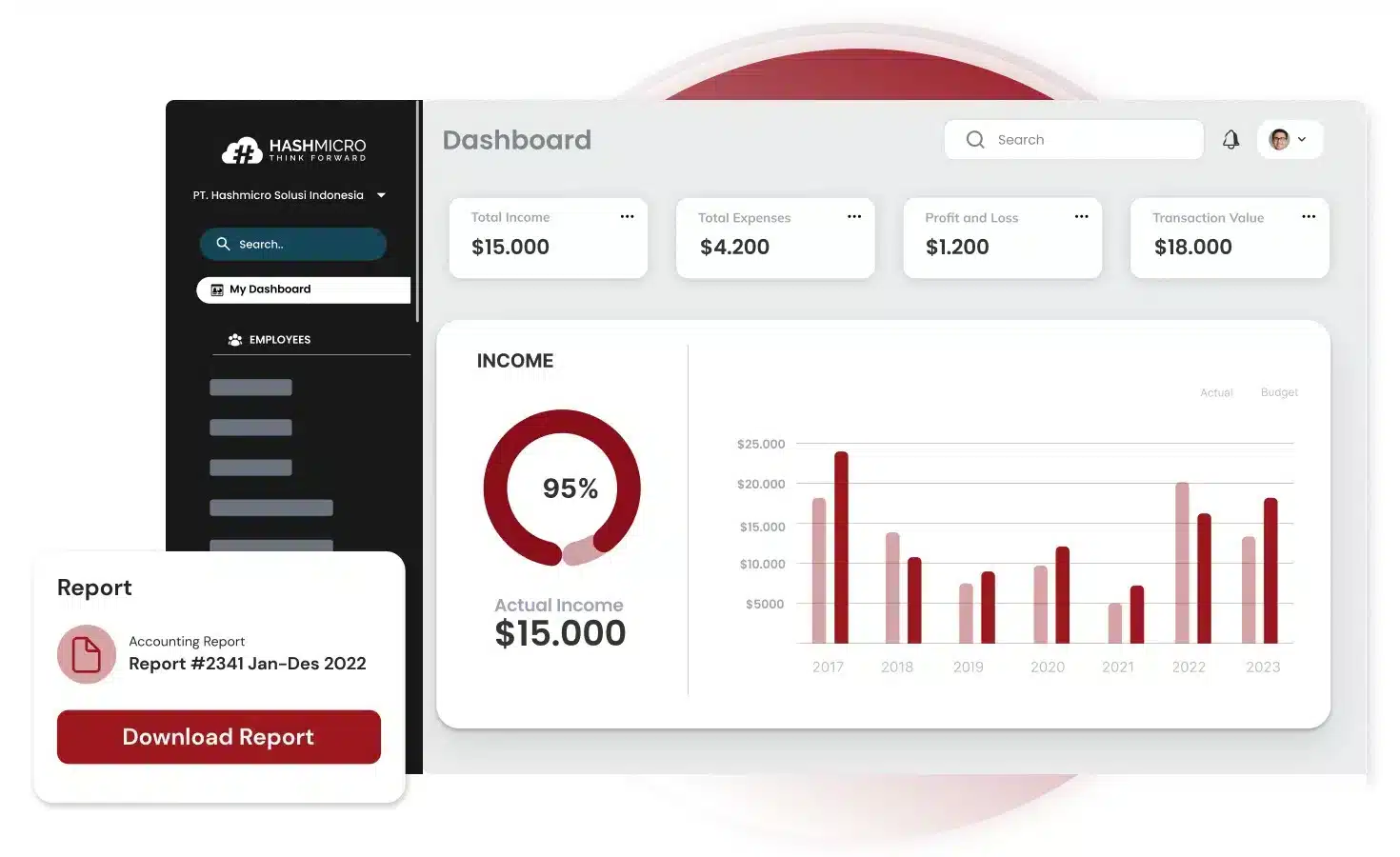
Struggling with high overhead costs? Poor accounting management could be the culprit. Without accurate expense tracking, businesses lose visibility, so it’ll be tough to spot unnecessary spending. Over time, these inefficiencies eat into profits and slow down growth.
The solution? A solid accounting system and well-trained staff. With clear expense tracking and realistic budgeting, businesses can take control of their finances and improve cash flow. And where do you find such a system?
HashMicro Accounting Software is the solution to the problems, coming with real-time insights and automation to keep overhead costs in check. It offers these features to assist:
- Bank Integration – Auto Reconciliation: Ensures that your company’s records match bank statements without manual errors.
- Bank Integration – Auto Payment: Automates scheduled payments, so you never miss a deadline.
- Multi-Level Analytics: Get real-time financial insights by analyzing transactions across different projects or branches.
- Profit & Loss vs Budget & Forecast: Generate reports that compare actual profits with budget projections for better financial planning.
- Cash Flow Reports: Track all inflows and outflows to ensure your business has enough liquidity.
- Forecast Budgeting: Use historical data to predict future expenses and plan budgets accurately.
- Budget S Curve: Visualize spending patterns across projects, making it easier to track financial performance.
With HashMicro’s Accounting Software, you can gain full control over your overhead costs, eliminate inefficiencies, and make data-driven financial decisions.
Conclusion
Overhead costs are essential expenses that businesses must manage to stay profitable. Tracking and optimizing these costs help maintain financial stability and prevent unnecessary spending. A well-managed overhead ensures better budgeting and smarter financial decisions.
With HashMicro’s Accounting Software, businesses can automate expense tracking and gain real-time financial insights. It helps make cash flow management and resource allocation better, hence, maximizing profits becomes easier with a seamless and accurate accounting system.
Want to cut down overhead costs effortlessly? HashMicro helps you track, budget, and optimize in one smart solution. Take control of your finances today and boost your business margins, starting by trying the free demo now!

Frequently Asked Questions on Overhead Expenses
-
How can a company reduce its overhead costs?
Companies can lower overhead costs by negotiating better utility rates, using energy-efficient solutions, outsourcing non-core tasks, and cutting unnecessary expenses.
-
What is the difference between overhead costs and operating expenses?
Overhead costs cover indirect expenses like rent and utilities, while operating expenses include both overhead and direct costs such as labor and raw materials.
-
Can overhead costs vary between industries?
Yes, different industries incur different overhead costs; manufacturers spend more on equipment maintenance, while service businesses pay more for administrative expenses.
-
How do overhead costs affect pricing strategies?
Businesses must include overhead costs in pricing to stay profitable; underestimating them can lead to setting prices too low and losing money.







